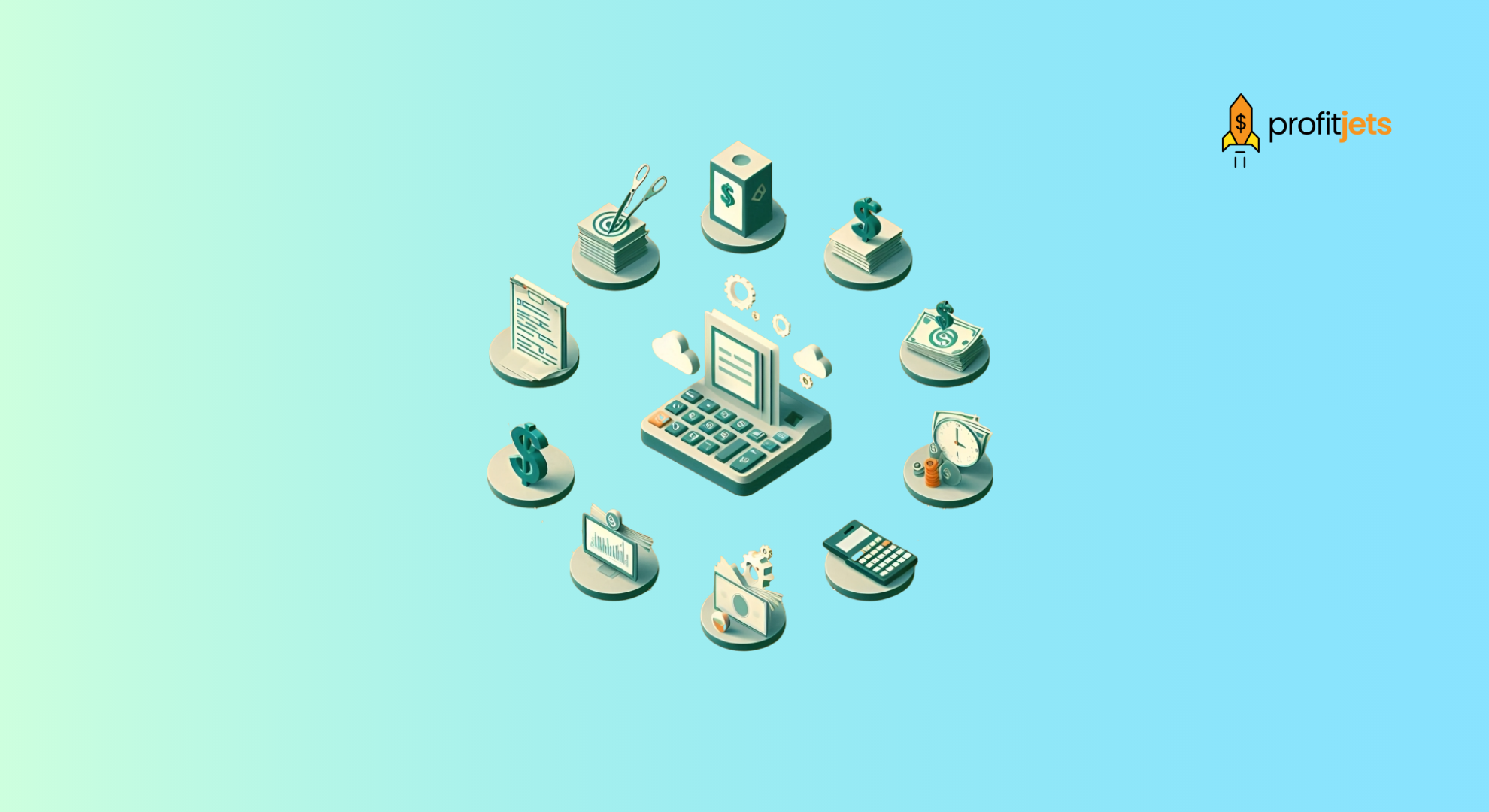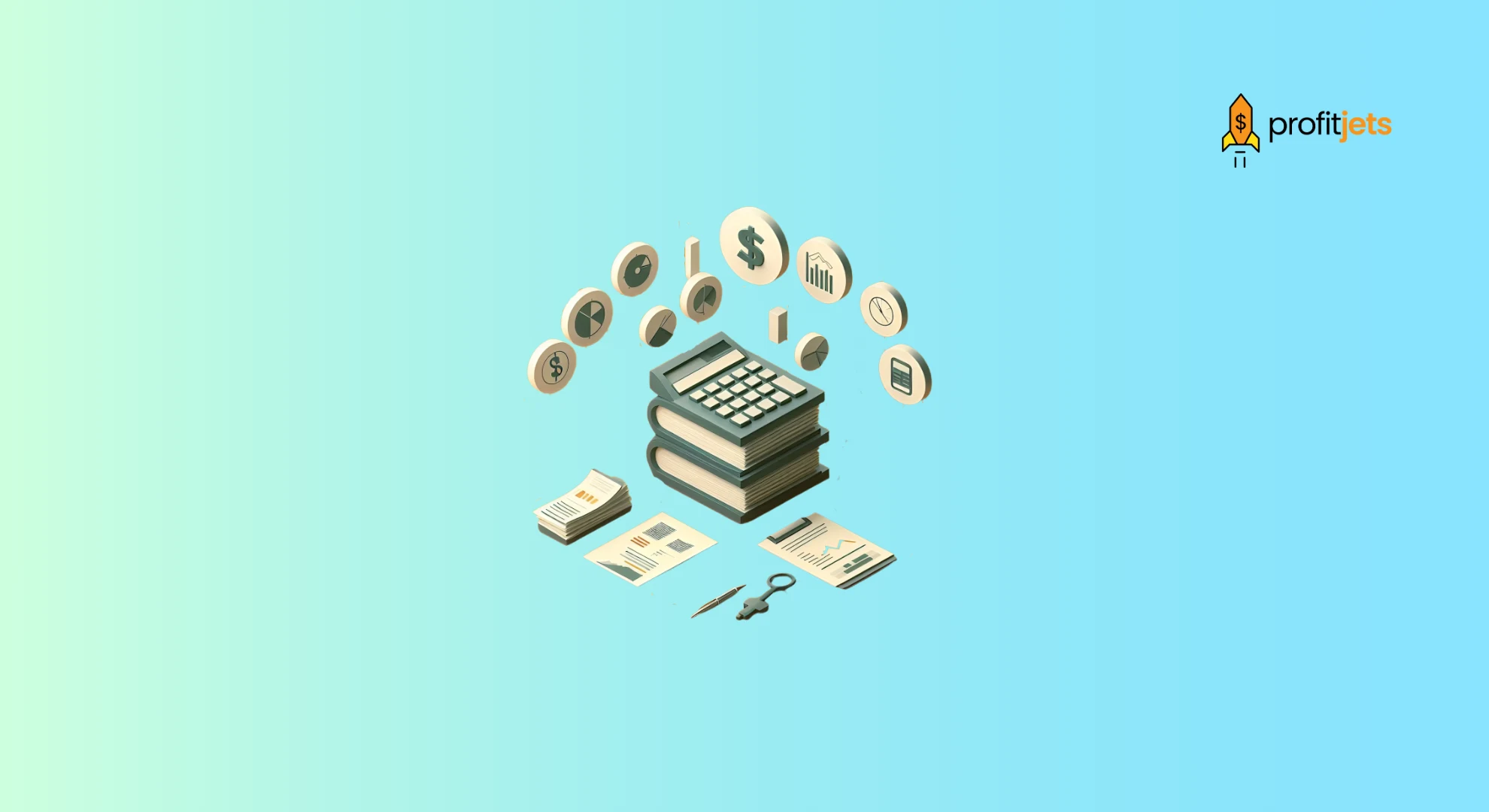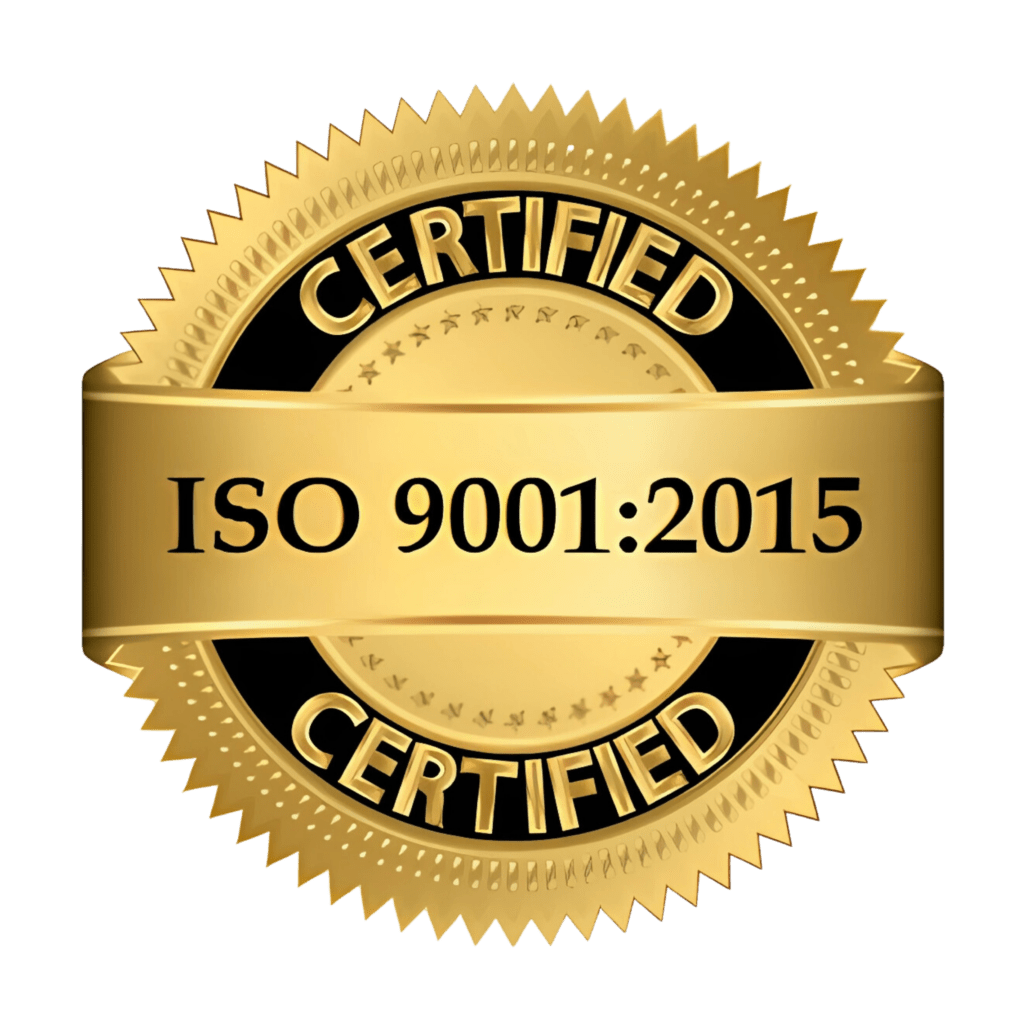Every dollar spent by your business should be tracked and verified—and that’s where the accounts payable cycle comes in. Managing payables efficiently ensures vendors are paid on time, errors are minimized, and cash flow remains healthy. As we step into 2025, small business owners and startups in the USA must embrace digital tools and best practices to streamline the accounts payable process and remain competitive.
Table of Contents
What Is the Accounts Payable Cycle?
The accounts payable cycle is the step-by-step process businesses follow to manage short-term liabilities—specifically, the money owed to suppliers and vendors for goods or services.
It typically includes:
- Purchase Order Issuance
- Receiving Goods/Services
- Invoice Verification (Three-Way Match)
- Invoice Approval
- Payment Processing
- Ledger Entry and Reporting
The goal is to ensure every payment made is accurate, timely, and properly recorded in your accounting system.

Step-by-Step Breakdown of the Accounts Payable Process
1. Purchase Order Creation
A purchase order (PO) formally documents what you intend to buy, how much, and from whom. This step prevents unauthorized purchases and provides a reference point for later verification.
2. Goods or Services Received
Once items or services are delivered, your team verifies that the goods match the PO and are in acceptable condition. This step ensures you only pay for what was actually received.
3. Invoice Receipt and Verification
The vendor submits an invoice. The AP team performs a three-way match:
- PO
- Goods Receipt
- Invoice
Only if all three align does the invoice move forward for payment.
4. Invoice Approval
Invoices that pass verification are routed to department heads or financial controllers for approval.
5. Payment Processing
Payments can be made through:
- ACH Transfers
- Wire Transfers
- Checks
- Credit Cards
ACH payments are increasingly popular in 2025 for their cost-efficiency and speed.
6. Ledger Entry and Reporting
Each transaction is logged in your financial system. This supports future reporting, tax filing, and audits.
Importance of a Streamlined Accounts Payable Cycle
An efficient AP cycle is not just about paying bills. It directly impacts:
- Cash Flow Management: Prevents overdrafts and ensures liquidity.
- Vendor Relationships: On-time payments build trust and may lead to early payment discounts.
- Audit Preparedness: Accurate records streamline tax season.
- Fraud Prevention: Separation of duties and strict verification reduce fraud risks.
Best Practices for 2025
To stay ahead in 2025, small business owners should:
- Automate invoice capture and approval workflows using platforms like QuickBooks, Xero, or Bill.com.
- Use AI-based tools to detect invoice anomalies and prevent duplicate payments.
- Implement cloud-based accounting systems for real-time access and approvals.
- Outsource AP processes to a trusted partner offering outsourced bookkeeping and accounting services.
- Schedule regular reconciliations to match vendor statements with internal records.
Challenges in the Accounts Payable Cycle
- Manual Processes: Time-consuming and prone to errors
- Lack of Visibility: Incomplete data can lead to duplicate or missed payments
- Poor Communication: Delays in approvals and disputes with vendors
- Limited Staffing: Small businesses may not have dedicated AP staff
Overcoming these challenges often requires leveraging technology or working with an outsourced accounting firm for startups that brings both efficiency and expertise.
The Role of Outsourcing in Modern Accounts Payable
When you outsource your AP process to firms like Profitjets, you gain:
- Expert handling of invoice entry, approval, and payment
- Access to the latest AP automation tools
- Dedicated professionals who ensure tax and reporting compliance
- More time to focus on growing your business
Whether you need full-service bookkeeping services, CFO services, or just AP management, outsourcing lets you scale faster and smarter.
Real-World Tools Enhancing AP in 2025
- Bill.com: Automated workflows with AI-powered data capture
- QuickBooks Online: Integrated invoicing, approvals, and payment scheduling
- Melio: Easy ACH and check payments for small businesses
- Tipalti: Enterprise-grade automation for startups with rapid growth

Final Thoughts
In today’s fast-paced digital economy, your accounts payable process can no longer afford inefficiencies. A clear, well-managed accounts payable cycle helps your business grow with confidence.
Whether you need expert advice, tech-enabled solutions, or full-service outsourced accounting, ProfitJets is here to support your journey.
Frequently Asked Questions on Accounts Payable Cycle
1. How is accounts payable recorded in accounting?
AP is recorded as a current liability on the balance sheet. Each invoice received increases your accounts payable until it’s paid off.
2. How long should the AP cycle take?
With automation, most AP cycles can be completed in 3 to 7 days. Manual systems may take 15+ days.
3. What’s the difference between accounts payable and notes payable?
Accounts payable are short-term obligations without interest, while notes payable are formal loans with terms and interest.
4. How does automation help the AP process?
It reduces manual tasks, prevents duplicate payments, and accelerates approvals—saving time and money.
5. Is outsourcing accounts payable cost-effective for small businesses?
Yes. Outsourcing eliminates the need for full-time staff while ensuring accuracy, compliance, and expert handling.










